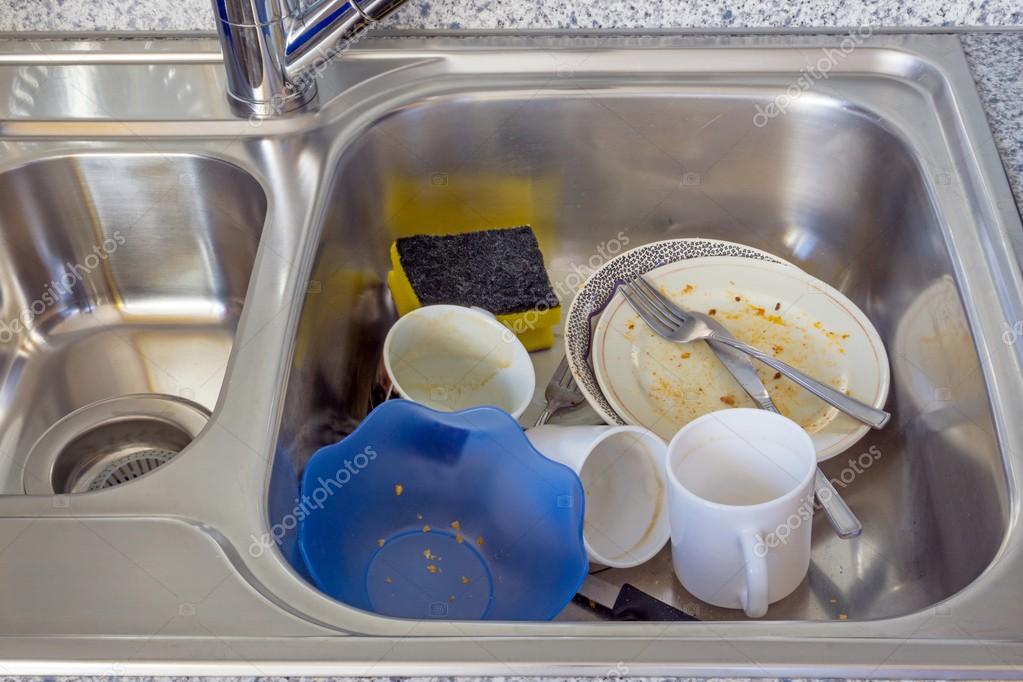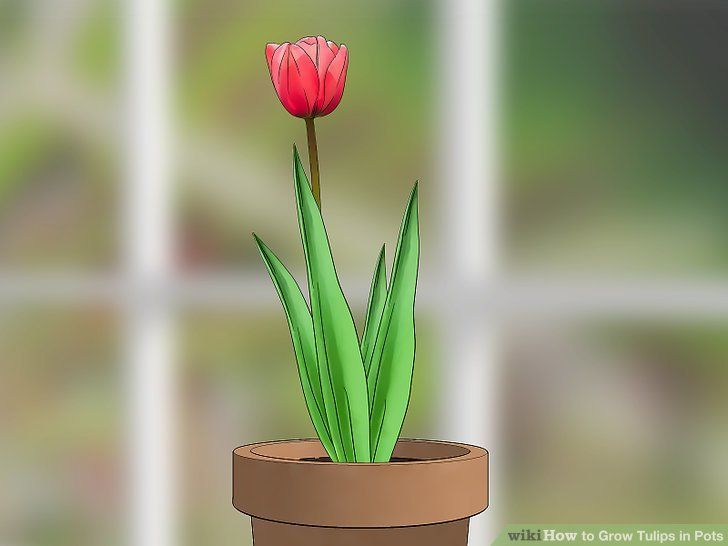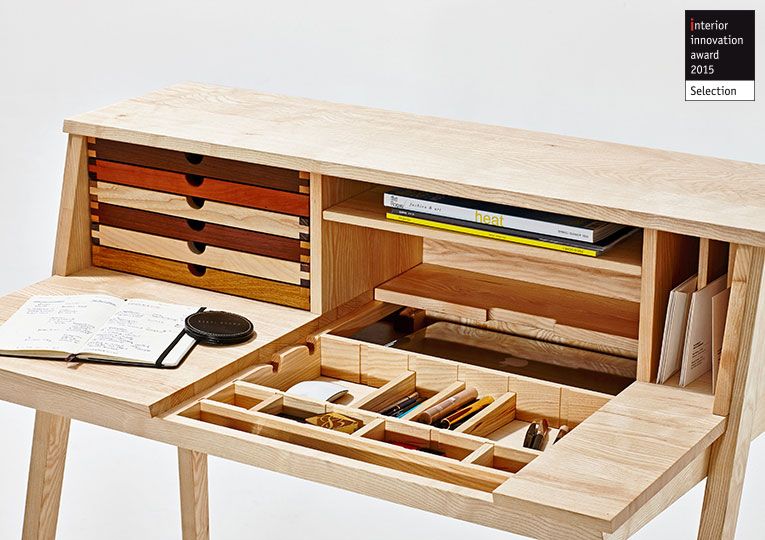What type of paint to use on wood furniture
5 Best Paint Types for Furniture: Pros and Cons
Give your furniture new life and a new look with a fresh coat of paint. Whether you want to paint a chair, table, nightstand, or specialty piece, this is a great DIY project that can give your furniture a unique look with just a few hours of work and some basic supplies.
You have many options when painting your furniture. The type of paint is the biggest consideration you’ll have to make. There are oil, latex, and acrylic paint options for furniture, along with specialty paints, including chalky and milk. You can paint with a brush and/or roller or even use spray paint. Each of these paints for furniture carries unique advantages, and some are better suited for one type of project versus another.
Here are the pros and cons of the best paint for furniture.
Latex Paint
Latex paint for furniture is a popular option because it’s easily accessible. You can pick up a pint or gallon of latex paint at your local hardware store and choose from a variety of brands. There are also low or no-VOC (volatile organic compound) formulas, which are highly recommended for indoor painting projects.
A downside is that while latex paint dries fast, it takes a long time to cure and retains a relatively soft finish that's prone to chipping and scratching. This isn’t ideal for furniture that will get heavy use. Instead of soaking into porous surfaces like oil-based paint, latex paint bonds to the surface layer of furniture. As a result, this layer of paint can be damaged relatively easily. For best results, prep the surface with sanding and a primer—and know that you might have touch-ups to do in the future.
On the flip side, one of the big advantages of latex paint for furniture is the wide range of available colors. Choose from the color chips on hand, or have the paint counter mix up a custom shade that will perfectly suit your furniture piece and decor. This level of choice makes it easy to find the paint shade that matches your vision—and your room.
Latex paint is also available in multiple finishes. You can choose from flat (matte), satin, semigloss, or gloss finishes for your project.
- Flat: Without any resins in the formula, this type of latex paint won’t reflect much light and will have a matte—almost velvety—appearance. However, it won’t be a very durable finish that can stand up to a lot of bumping, touching, and washing. So save this finish for a project that isn’t going to be under heavy use daily. For a more durable matte paint, consider using chalky paint.
- Satin: A paint with a satin finish reflects a minimal amount of light. (Eggshell finish is closely related.) If you like the look of matte paint but need a paint for furniture that is more durable, satin paint might be the best choice for you. If you opt for a washable formula, you’ll find it easier to keep clean.
- Semigloss: This might be the best paint finish for furniture, as a semigloss paint reflects light well and stands up to washing and the demands of use.
 The greater concentration of resins in a semigloss formula make this paint more durable for furniture you actually plan to put to work. Many people like the shiny finish, too.
The greater concentration of resins in a semigloss formula make this paint more durable for furniture you actually plan to put to work. Many people like the shiny finish, too. - Gloss: A glossy paint finish will give your pieces the most drama and durability—but it demands the most prep. High-gloss paints reflect a lot of light, and their increased concentration of resins makes them able to withstand a lot of use and cleaning. But beware: A surface with this much sheen will amplify imperfections. So if you opt for this type of paint for furniture, you’ll need to make sure it’s prepped and that any imperfections have been remedied.
Best for: Pieces of furniture that won’t see a lot of action and when affordability is a top factor
Pros
Readily available with abundant color options
Easy to clean with soap and water
Available in different finishes
Chalky Paint
The Spruce / Jordan Provost Reclaiming vintage furniture or giving newer pieces old-world charm has led to a rise in popularity for chalky paint. This water-based paint typically has latex as its base but delivers a thicker, buildable texture.
This water-based paint typically has latex as its base but delivers a thicker, buildable texture.
Chalky paint is available from specialty retailers, though it’s becoming more widely available. Some people have even found success making their own chalky paint, but the best and most consistent results come from buying a commercial formula. It’s more expensive than conventional latex paint, but people love it for its unique look and silky smooth finish.
Unlike other more conventional paint for furniture, there can be a bit of a learning curve when first using chalky paint. It dries fast, which is a plus, but this also means brush strokes can be seen if you revisit an area for a touch-up once the paint has started to dry. Prepare to practice some, or be flexible in the overall look of the finished product.
Chalky paint can be sanded or distressed to create a weathered look. So the product is popular among people looking for a more vintage or shabby chic look.
Best for: Refinishing antique pieces or achieving a rich, matte look on furniture you use every day
Cons
Brush strokes might be visible
Finish is subject to scratching or marking
Can be expensive with limited color options
The 8 Best Chalk Paints of 2022
Watch Now: How to Use Chalky Finish Paint on Furniture
Milk Paint
If you’re looking for a natural paint for furniture with a slightly thinner texture than chalky paint—but plenty of character—then milk paint might be the right type for you.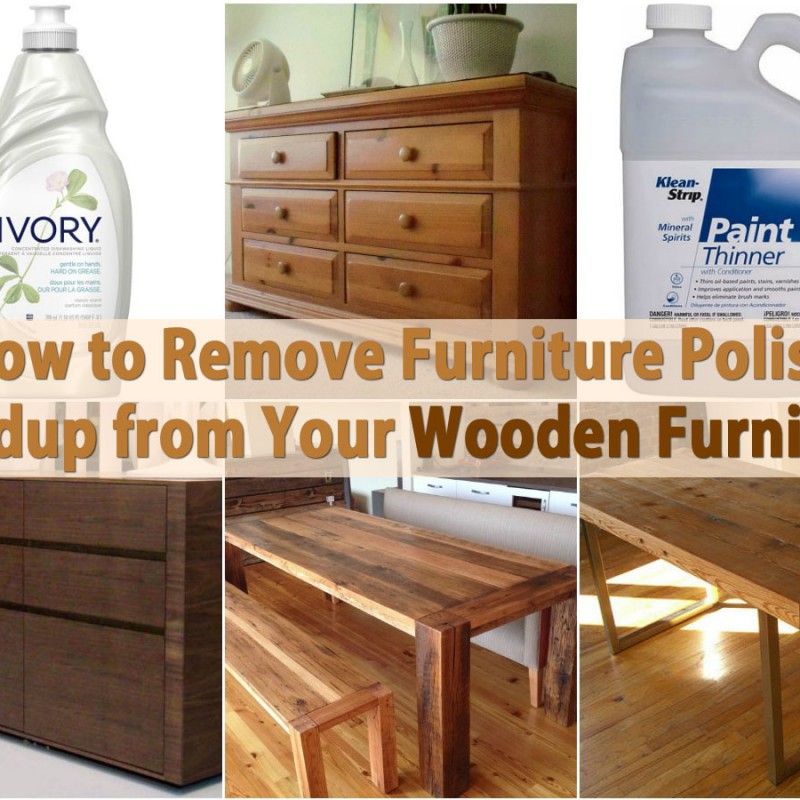 This nontoxic paint is made from milk protein with an activator, typically lime or borax. Color pigments are added to change the tint of the paint. Plus, it’s easy to age the finish of milk paint with light sanding—or leave it intact for a smooth, matte look.
This nontoxic paint is made from milk protein with an activator, typically lime or borax. Color pigments are added to change the tint of the paint. Plus, it’s easy to age the finish of milk paint with light sanding—or leave it intact for a smooth, matte look.
Milk paint for furniture is popular for its eco-friendly ingredients with no chemicals or added fumes. In fact, this paint has a long history of use for painting furniture, houses, and more before commercial paint was widely available. It can be used on a wide variety of surfaces, but the finish can vary and sometimes is inconsistent in terms of saturation. To ensure more consistent results (and less chipping, as this is a water-based paint), use a bonder with milk paint. This is also important on smooth surfaces, such as glass or plastic.
A unique feature of milk paint is that it’s typically sold in powder form. Add water to mix up the amount of paint you need, and store the rest for later use or touch-ups. It’s typically less expensive than chalky paint but yields similar results.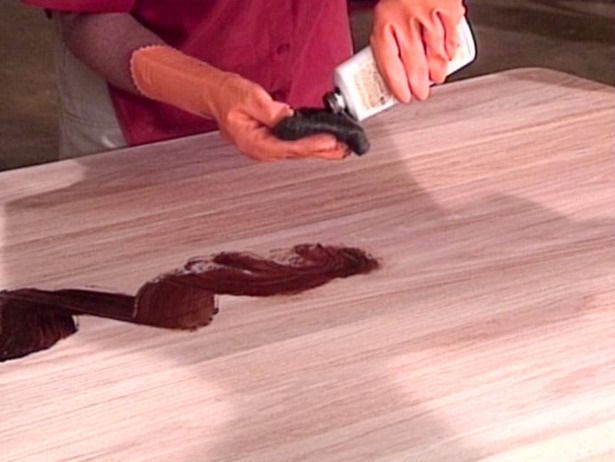 A top coat of wax or oil might be necessary to preserve the finish.
A top coat of wax or oil might be necessary to preserve the finish.
Best for: Furniture you want to appear antiqued, weathered, or distressed
Cons
Tough to achieve consistent saturation
Might chip or scratch without sealer
Bonder is sometimes required
Acrylic Paint
Acrylic paint is another water-based type of paint for furniture that is closely related to latex paint. Color particles are suspended in an acrylic polymer and offer rich pigment with a smooth finish. It can be applied to a variety of surfaces, making it a versatile type of paint for furniture. However, it’s often sold in small containers—making it a better choice for small-scale projects, such as console tables, picture frames, and other accent pieces.
Acrylic paint goes on evenly and is self-leveling, making it easy to work with. However, a primer is a good idea if you want the paint to adhere better to the surface.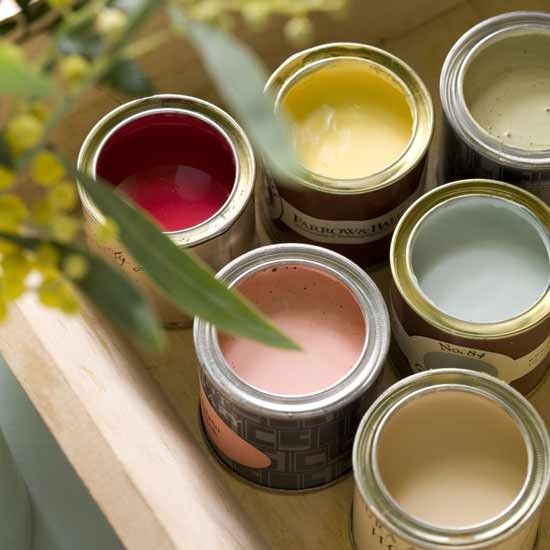 Drying times are short for acrylic paint, so you can apply several coats in a relatively short period of time. But you will need to give it plenty of time to fully cure once the project is complete. Clean-up is also easy with just soap and water, as it’s a water-based paint.
Drying times are short for acrylic paint, so you can apply several coats in a relatively short period of time. But you will need to give it plenty of time to fully cure once the project is complete. Clean-up is also easy with just soap and water, as it’s a water-based paint.
It should be noted that acrylic paint does have more elasticity to resist chipping or cracking than some other types of water-based paint. But it is still best suited for pieces with light to moderate use.
Best for: Small furniture or accent pieces that need a quick, affordable coat of paint
Oil Paint
Oil-based paint, also sometimes called alkyd paint, is one of the most durable paints to use on furniture. However, this durability comes at a cost. Oil-based paints are usually expensive, take a long time to dry, and have high levels of VOCs that require abundant ventilation. In fact, oil-based paint isn't available everywhere and is even banned in some areas due to its components.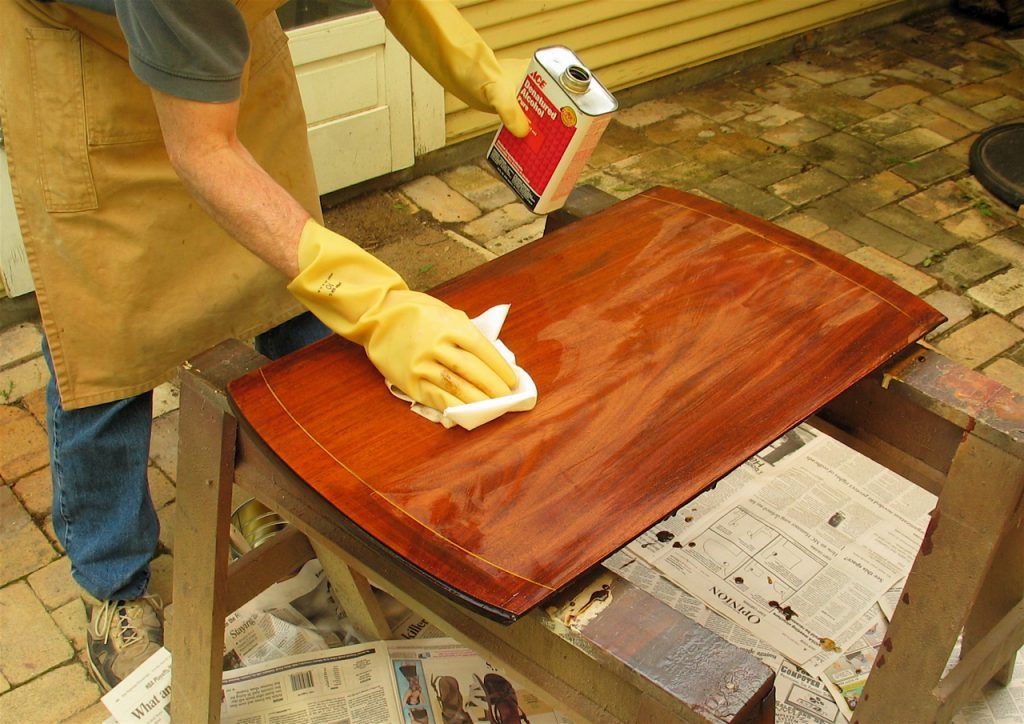
Still, painting furniture with oil-based paint is something to consider if you want a resilient finish that won’t chip or scratch easily. You’ll need to have a natural bristle brush and mineral spirits or turpentine on hand as paint thinner and for clean-up. The advantage to oil paint for furniture is that it can be applied over most surfaces and adheres well. It saturates any porous surface and is self-leveling for easy application. Drying time between coats is long—up to 24 hours—but it does cure more quickly than water-based paints.
You might also consider oil-based paint if you don’t know what type of finish is currently on a piece of furniture. Water-based paints will have a tough time adhering to a surface previously painted with oil-based paint. But oil-based paint can be applied successfully over either water- or oil-based paint.
Best for: Any type of furniture that is heavily used and needs a durable finish
Application Tips
- Aside from choosing the right type of paint for your furniture project, make sure you choose the right application method.
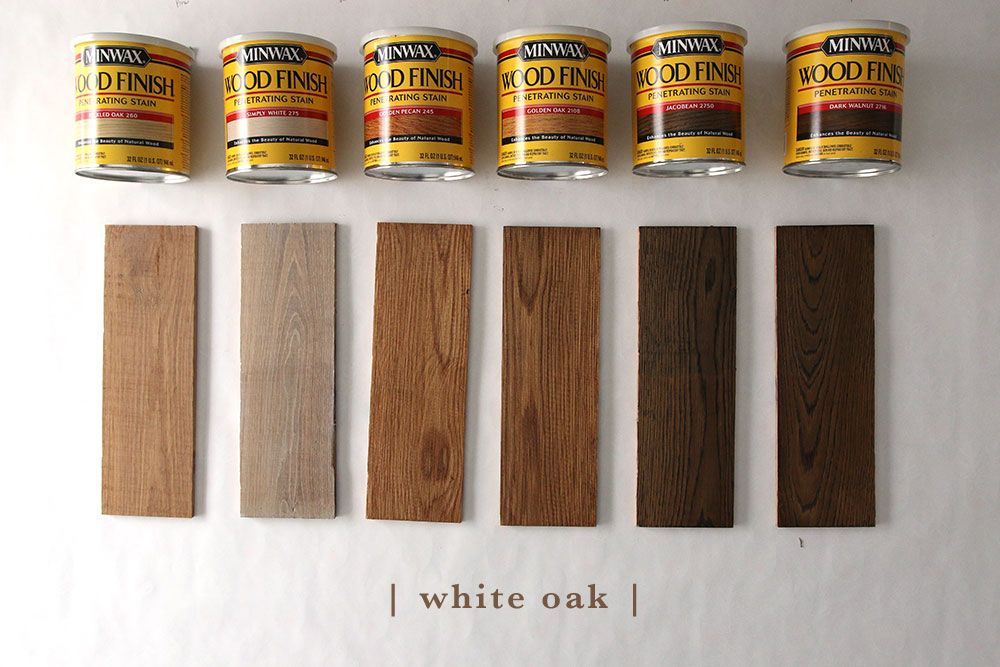 You can select from natural bristle brushes (for oil-based paint) or synthetic bristle brushes (for water-based paint). There also are cloths, paint rollers, or sponges for specialty applications and effects. Or you can use a paint sprayer, especially for larger projects and projects where you want to avoid brush strokes.
You can select from natural bristle brushes (for oil-based paint) or synthetic bristle brushes (for water-based paint). There also are cloths, paint rollers, or sponges for specialty applications and effects. Or you can use a paint sprayer, especially for larger projects and projects where you want to avoid brush strokes. - The stroke and finish you achieve will vary based on what type of applicator you use. A brush will give you broad coverage but might show strokes more easily (especially with water-based paint). A roller offers less control but even coverage. Application with a cloth or sponge is best for a unique textured finish.
How to paint wood furniture: an expert guide |
(Image credit: Polly Wreford/Sally Denning / Jon Day / Annie Sloan )
Knowing how to paint wooden furniture is a useful skill that can help to breathe new life into old furniture. Whether you want to refresh a family heirloom, change your home's scheme for less, or want to reinvigorate a second-hand piece, painting wooden furniture is easy.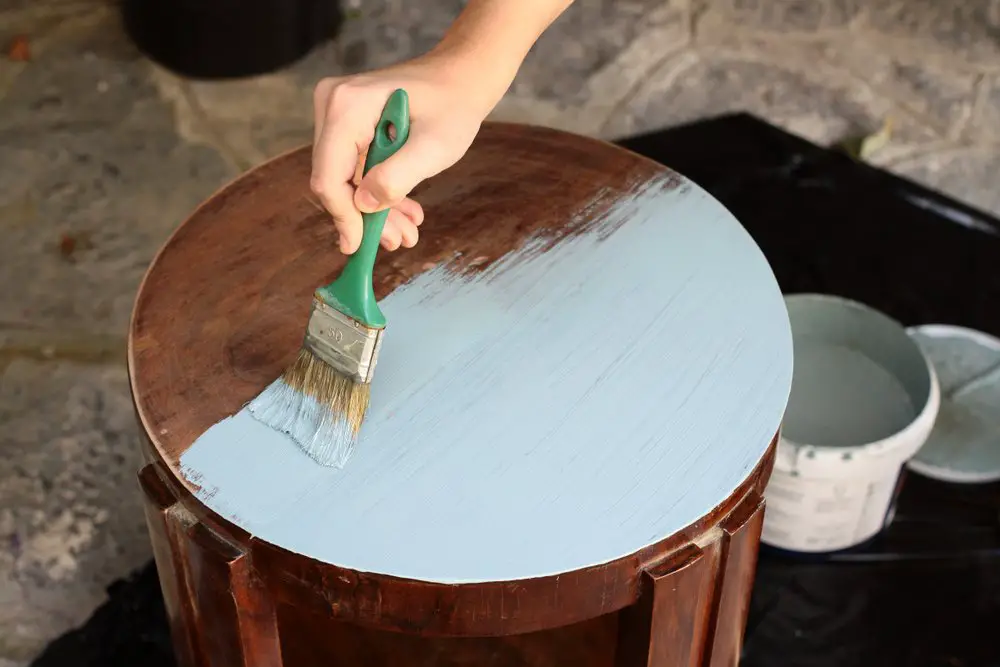
Painted furniture ideas are endless, however, the process is a lot different from painting wood trims around your home. Preparation is key to ensuring a lasting, flawless finish so patience and a steady hand are required when tackling a furniture project. If the process is rushed, you risk marring the piece – something you will hope you avoid.
Here, we have spoken to experts to learn their top tips for painting wooden furniture, from picking the right piece through to finishing a project, so that you can achieve the best finish every time.
How to paint wood furniture
(Image credit: Getty Images)
Gone are the days of hastily assembled flatpack and cookie-cutter interiors. Today, interior design is all about personality and character. Antique and vintage stores are a treasure trove of beautiful pieces of furniture that you won't find anywhere else. However, these vintage gems often need a little TLC to bring them up to scratch or sometimes need a change of color to suit your look.
'Colorful furniture has made a huge resurgence over the last few years, but it has been hard to find exciting colored cabinetry outside of the bespoke sector,' says Claire Hornby, head of creative at Barker and Stonehouse . Learning how to paint wood furniture gives you the opportunity to create a piece full of color and character that perfectly complements your interior scheme.
That’s where the painted furniture revolution comes to the fore. Learning how to paint wood furniture can transform a boring brown dresser that's otherwise destined for landfill into the hero of your sustainable kitchen ideas.
In addition to creating characterful pieces for your home, learning how to paint wooden furniture will also save you money as lots of these antiques sell for a song, and also know that you’re doing your bit for the planet, repurposing rather than buying new.
1. Prepare your space
As with any painting project such as how to paint a wall or how to paint a door, you need to ensure you ventilate the area.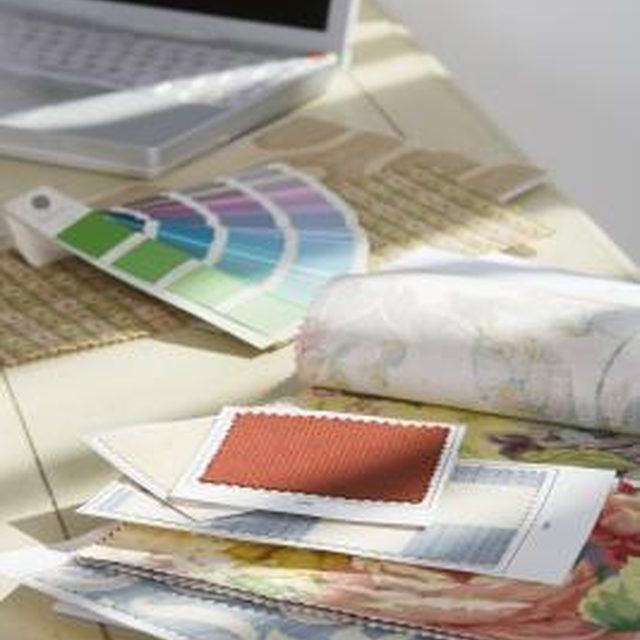 For painted furniture projects this is easier, as the piece can often be moved outside into the open air or into a shed or garage. If the furniture cannot be moved outside, open up windows and internal doors to allow for a through-draft to help clear the air in your home.
For painted furniture projects this is easier, as the piece can often be moved outside into the open air or into a shed or garage. If the furniture cannot be moved outside, open up windows and internal doors to allow for a through-draft to help clear the air in your home.
When painting wooden furniture, make sure you lay out a dust sheet to catch any dripping paint. This is especially important if you are painting inside or on outside deck ideas.
2. Prepare your furniture
Remove any hardware, doors, and drawers and dismantle any sections of the furniture that is easily removable to allow for even coverage across the entire piece.
Sanding is key before any repainting project. ‘It is always important to prepare the surface as outlined on the tin, even if previously painted,’ adds Hanna Ellis. If a piece has previously been painted, sand with coarse sandpaper to remove the previous color and leave an even surface, and vacuum or wipe away any dust. Wash unpainted furniture with sugar soap (available on Amazon) and then lightly sand. Wipe with methylated spirits to remove any dust or grease.
Wipe with methylated spirits to remove any dust or grease.
If you are looking to repaint a painted or glossed piece of furniture, it is important to remove this layer first. To achieve this sand the surfaces with coarse sandpaper, (between 60 and 80 grit). If your piece has intricate carving and detailing, treat it with a stripper to remove paint and gloss. If you're unsure of where to start then be sure to find out how to strip paint from wood.
For an unpainted piece, 'start with a good scrub with sugar soap to remove dirt, grease, old polish/wax or nicotine, rinse thoroughly and allow to dry,’ says Hanna Ellis of Frenchic Paints . Then follow by sanding with a light sandpaper (between 180 and 220 grit) to create a key to help the paint to adhere. Once having sanded your piece, wiped the surface with methylated spirits to remove any grease or dust. Then leave to dry for a few moments before painting.
3. Prime wooden furniture
Knowing how to open a paint can is also essential – yes, there is a right way to do it. While you often only have to prime certain surfaces, adding a coat or two of suitable prime to any project will allow for a more even layer of paint. Prime your furniture and allow it to dry for the recommended time as stipulated in the tin. Drying time is key to ensuring that your finished piece isn't streaky or patchy.
While you often only have to prime certain surfaces, adding a coat or two of suitable prime to any project will allow for a more even layer of paint. Prime your furniture and allow it to dry for the recommended time as stipulated in the tin. Drying time is key to ensuring that your finished piece isn't streaky or patchy.
4. Start painting
Once your primer has dried or if your paint includes a primer then you can start painting. Opt for a round brush and apply your first coat of paint, ensuring all details are painted thoroughly. You may need to change to a smaller, finer brush if your furniture as particularly intricate details that a larger brush cannot reach. Then allow to dry for the recommended time.
5. Apply a second coat
When this is dry then apply your second coat. If using milk paint, brush along the direction of the grain, while chalk and mineral paint looks best if painted in different directions.
6. Finish the piece
Finishes are key if you don’t want all your hard work to go to waste. Some paints, especially milk paints, are self-sealing meaning that after a few days of curing it will be incredibly durable. However, other paints such as chalk paints will need a wax or lacquer to prevent them from being marked or scuffed.
Some paints, especially milk paints, are self-sealing meaning that after a few days of curing it will be incredibly durable. However, other paints such as chalk paints will need a wax or lacquer to prevent them from being marked or scuffed.
'Water could damage chalk paint if left unprotected. Opt for a specific chalk paint wax to protect your furniture while also giving a beautiful mellow sheen,' says Annie Sloan. 'Alternatively, you can use matt or gloss chalk paint lacquer. Matt will give a slightly clouded finish whereas gloss chalk paint lacquer will give a high-end sheen.'
Finding wood furniture to paint
(Image credit: Jon Day Photography)
The secret to finding a good piece of wood furniture to paint is to look for good bones. Look past ironmongery, colors and any scratches and instead look at the piece's silhouette. Ensure that it is well made, look for solid wood and dovetail joints. Check all mechanisms are working well and that the piece stands strongly and doesn’t rock or wobble.
'I hate the thought of well-built, carefully crafted furniture going to landfill. And while from an aesthetic point of view they might have seen better days, there is still plenty of life left in these old pieces,' says Claire Manton, founder of Claire's CraftHouse . 'With the interiors market looking to become more sustainable, upcycling is a great way to reuse pre-loved pieces, while unleashing your own creativity.'
Choosing the right brush for painting wood furniture
(Image credit: Cornish Milk Mineral Paint)
An often overlooked element, the right brush can make or break your project. When starting to research how to paint wood furniture, brushes are a key consideration.
‘There are different schools of thought on brushes, and it really depends on the type of paint you are using. For milk paint, which is water based and quite thin, synthetic bristles or a blend is better as they absorb less water meaning more paint ends up on the surface being painted, and stops the paint drying out too much on the brush.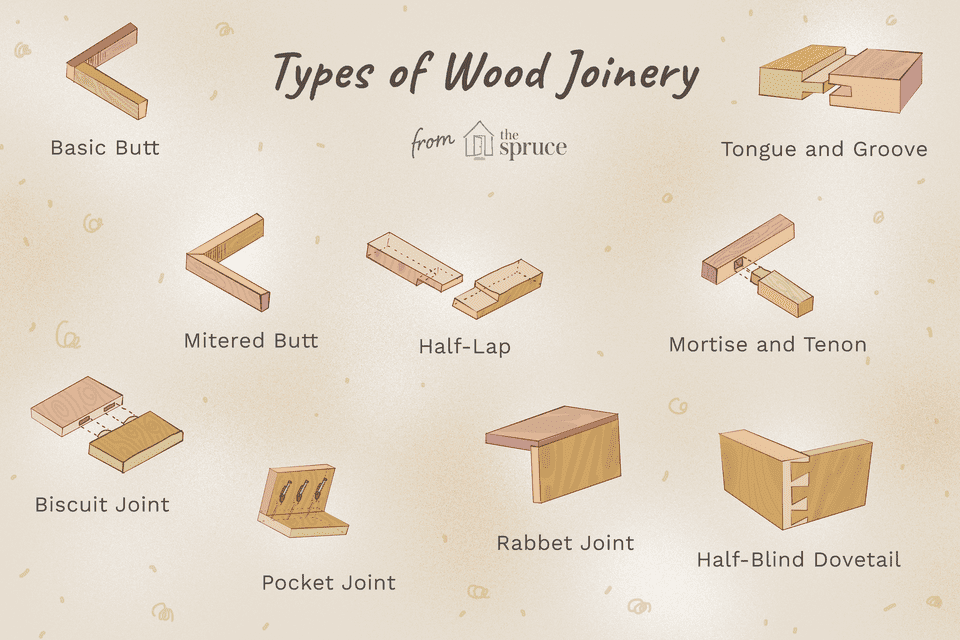 A slanted synthetic brush will give a great finish with milk paint or any thin water based paint,' says Carolyn Moore, owner of Old Fashioned Milk Paint .
A slanted synthetic brush will give a great finish with milk paint or any thin water based paint,' says Carolyn Moore, owner of Old Fashioned Milk Paint .
'However, some of the thicker mineral/chalk paints will work better with a thicker natural bristle brush, even a round brush often used for waxing, as they hold more paint, meaning fewer dips in the paint and therefore fewer brush marks. If you are planning a lot of painting, look for a good quality brush – the best you can afford, to avoid annoying bristle shedding and ensure they stay in shape following repeated uses.'
The best paint to use on wood furniture
(Image credit: Annie Sloan)
There are lots of different paint finishes to choose from when finding out how to paint wood furniture. Your choice will predominately depend on the look you want to achieve, though it will also be guided by whether you are happy to use a primer and sealant or are looking for an all-in-one product. Also consider selecting eco-friendly paints to keep your project kind to the planet.
- Chalk paint is the most common choice of paint for wooden furniture and gets its name from the luxurious chalky finish it creates. ‘It’s a multi-purpose paint that applies to just about any surface, without the need for priming or sanding,’ says Annie Sloan, founder of Annie Sloan Paints .
- Mineral paint is crafted from mineral pigments combined with a binder, typically acrylic resin. 'Unlike milk and chalk paint, which need to be sealed with a wax or varnish to prevent absorption of grease or moisture, mineral paint is waterproof and washable rather like an eggshell or satin paint,' says Carolyn.
- Milk paint is quickly becoming a favorite for furniture restoration. 'Traditional powdered milk paints achieve a finish that is flat back to the grain and produces no brushstrokes,’ explains Joe and Reece Daden-Tapp of Cornish Milk Mineral Paint .
- 'It is perfectly possible to use a normal eggshell, satin or spray paint on furniture too, if you want a contemporary, sleek, full cover paint finish, as long as you prepare it well!' adds Carolyn.

How to avoid streaks when painting wooden furniture
(Image credit: Annie Sloan)
Avoiding streaks when painting wooden furniture, all comes down to your paint finish and your direction. ‘With milk paint it’s always best to brush along the direction of the grain, but there’s no need to worry too much about brush marks, (especially on raw wood as it sinks in like a stain), milk paint is very forgiving – it dries really fast, but with a light sanding using a super fine sanding sponge after each coat, it leaves a rich, buttery smooth finish and no brush marks. However with chalk and mineral paint, it is recommended to paint in different directions to avoid brush marks, and fat round brushes work better,’ explains Carolyn.
‘When applying the paint, try not to overload your brush as this can lead to overworking the paint which tends to cause dragging marks and unwanted texture. The other tip is to make sure you leave the correct amount of hours between coats,’ adds Hanna Ellis.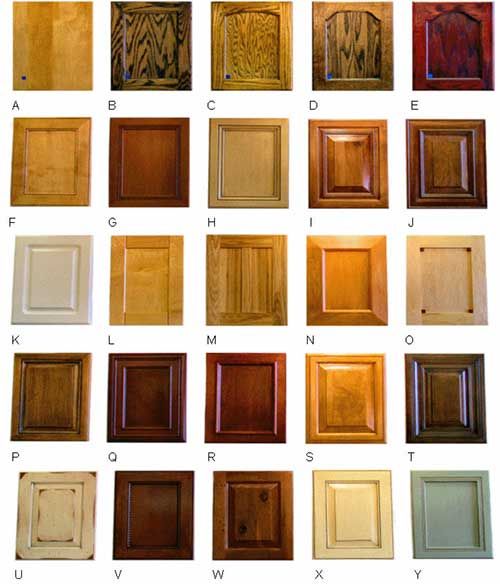
Do you need to prime wood furniture before painting?
You don't necessarily need to prime wood furniture before painting. This slightly differs from how to paint a wall where priming is vital to achieving a high-end finish.
Lots of chalk and mineral paints feature an integrated primer meaning that after a light sanding and a wipe down, you can apply the paint and still achieve a flawless finish. Some furniture paints will require a primer before use, be sure to check the tin before starting your project.
However, even if you do not need to use a primer, it is essential that you prepare the wood before you start painting.
Should I paint the interior of wooden furniture?
Whether you decide to paint the interior of your wood furniture is utterly up to you. 'Sometimes a thorough clean and some hemp oil or wax is sufficient to tidy them up,' says Claire Manton. 'It’s worth remembering that if an old piece has a musty smell to it, painting the interior can sometimes help by sealing odours into the wood, thereby reducing any unpleasant smells. Scented furniture waxes and salves are also a good way to freshen things up.'
Scented furniture waxes and salves are also a good way to freshen things up.'
Why does paint peel off wood?
Paint can peel off of wood for a number of reasons, however incorrect preparation such as the lack of cleaning, a primer, or the correct paint is often one of the main causes of peeling paint on painted wood furniture.
To prevent paint from peeling from wooden furniture make sure you follow through with the correct prep work and do not rush the process. While it may be tempting to rush through to complete the project, patience is needed to ensure the best finish. What's more, consider adding a protective finishing coat or wax to seal the paint in and prevent it from peeling due to every day use. This may be especially important on pieces you touch or move every day such as drawers, cabinets, or chairs.
How do you create a vintage finish on wood?
The easiest way to make a vintage finish on wood is to use an antique-style glaze. There are myriad crackled glazes from which to use.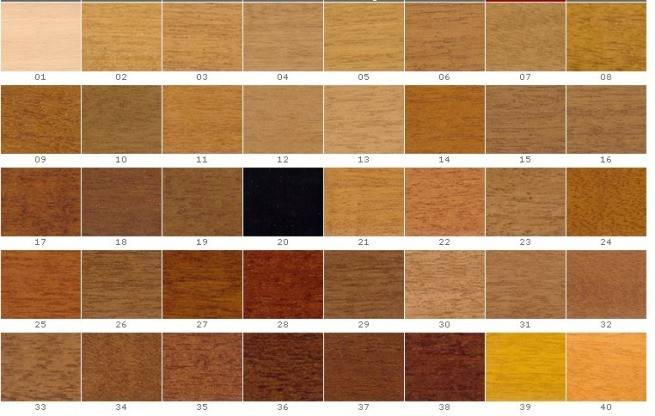 Simply apply between coats of paint to create the distressed effect. 'If you are applying a crackle glaze, always choose a period style paint such as milk paint, which will result in a rich, matt finish as would find on older pieces,' recommends Carolyn.
Simply apply between coats of paint to create the distressed effect. 'If you are applying a crackle glaze, always choose a period style paint such as milk paint, which will result in a rich, matt finish as would find on older pieces,' recommends Carolyn.
However, for a traditional distressed look, then hand-distressing is the way to go. This is achieved by painting a piece of furniture a solid color and then buffing the corners and edges with a fine sandpaper to reveal the wood beneath. 'Begin by painting a piece of furniture one color and then, once it’s dry, paint over it with a completely different second color. Sand back through to the first color and in some areas go back as far as the original wood. With the right color combination, it looks beautiful,' says Annie Sloan.
'You can make the process easier with any type of paint by applying wax to the corners/edges before painting, so the paint flakes in those areas,' recommends Carolyn. 'Any distressing works best when the wood beneath is darker – bright new pine showing through doesn’t look aged, so in that case it is a good idea to stain the wood before painting/distressing. You can even layer paint colors by using a darker color first and a lighter color on top, then distressing back to let the darker color show through – this creates a wonderful effect.'
You can even layer paint colors by using a darker color first and a lighter color on top, then distressing back to let the darker color show through – this creates a wonderful effect.'
What happens if you don't sand before painting?
If you don't sand before painting wooden furniture you will not achieve a smooth painted finish as paint will gather in any scratches or scrapes. It will also highlight any other natural flaws in the wood grain. Furthermore, if you don't sand before painting, your paint may not stick to the surface resulting in it peeling off once dry. This is because even a light sand provides a key onto which the paint can adhere.
Having graduated with a first class degree in English Literature four years ago, Holly started her career as a features writer and sub-editor at Period Living magazine, Homes & Gardens' sister title. Working on Period Living brought with it insight into the complexities of owning and caring for period homes, from interior decorating through to choosing the right windows and the challenges of extending.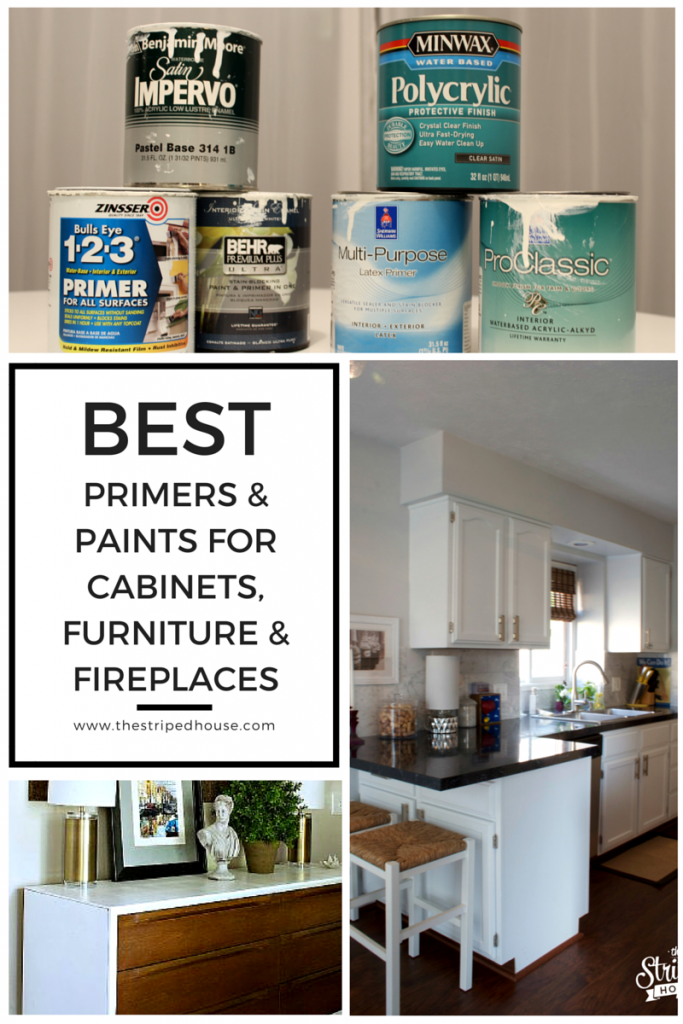 This has led to a passion for traditional interiors, particularly the country-look. Writing for the Homes & Gardens website as a content editor, alongside regular features for Period Living and Country Homes & Interiors magazines, has enabled her to broaden her writing to incorporate her interests in gardening, wildlife and nature.
This has led to a passion for traditional interiors, particularly the country-look. Writing for the Homes & Gardens website as a content editor, alongside regular features for Period Living and Country Homes & Interiors magazines, has enabled her to broaden her writing to incorporate her interests in gardening, wildlife and nature.
what kind of paint is better than repainting, instruction, video and photo
No one will argue with the fact that the preserved old furniture made of natural wood is of a fairly high quality. But if the array itself is often in good condition, then the lining, as a rule, leaves much to be desired. It’s a good thing, it’s a pity to throw it away, and the owners of grandmother’s wardrobes, chests of drawers or tables have a reasonable interest - how to repaint wooden furniture and how difficult it is to do it yourself. nine0003
Photo of old furniture.
Let's hasten to reassure you right away, the proposed instruction is not difficult.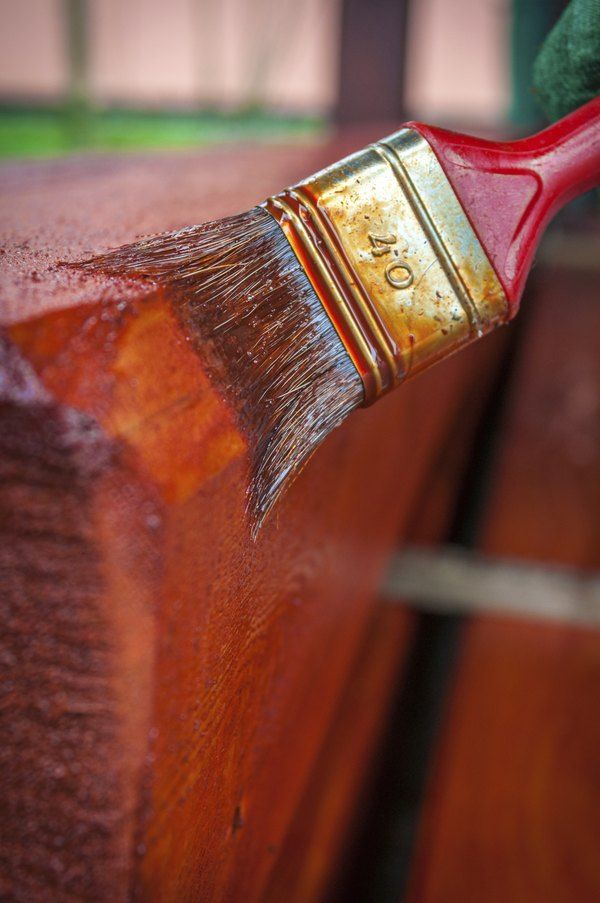 But you will have to work hard, for which the whole process is divided into several important stages. First of all, you need to choose what paint to paint wooden furniture, then prepare the surface itself, and finally, the process of painting and drying itself. Now we will analyze everything in more detail.
But you will have to work hard, for which the whole process is divided into several important stages. First of all, you need to choose what paint to paint wooden furniture, then prepare the surface itself, and finally, the process of painting and drying itself. Now we will analyze everything in more detail.
Choosing a paint
- Before choosing which paint is best for painting wooden furniture, you need to clearly understand for yourself what you want to see at the finish. The surface can be made glossy or matte. If you want to harmoniously fit a thing into an existing interior, then it is better to use covering paints and paint it, for example, in white. nine0013
- If you like the look of natural wood, you want to highlight and emphasize the texture, then you should pay attention to transparent or translucent varnishes, enamels, stains and, of course, impregnations.
Painted white.
Tip: it often makes sense to first clean and prepare the item well so that the condition and texture of the wood can be seen.
After that, it will be much easier for you to decide what type of compound to use.
- Compounds are best used specifically for furniture, if you take yacht or parquet varnish, this does not mean at all that the surface will be stronger and more beautiful, but washing them off, in case of an unsatisfactory result, will be problematic. nine0013
- When choosing which paint to paint wooden furniture, we advise you to pay attention to acrylic compositions. They have a water-based base and, when wet, are easily washed off with water. But on the other hand, after complete drying, these surfaces can be washed up to 500 times, without damage to their appearance.
- An important factor is the vapor permeability of acrylic, air exchange for natural wood is very important. Your furniture will be reliably protected from pests and mold. Plus, acrylic formulations are practically odorless. For work, you do not need to take the children out of the house or carry things to the garage - the paint is harmless to health.
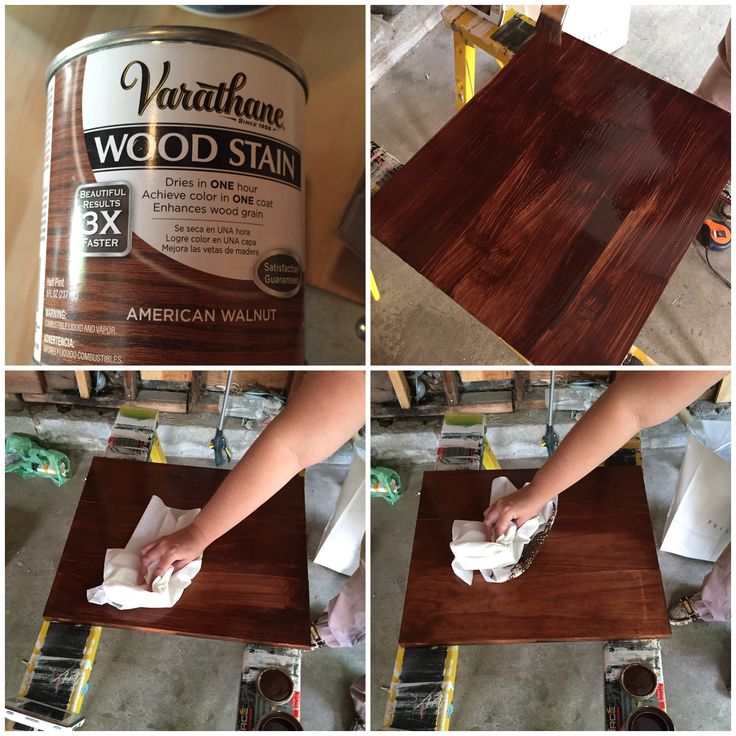 nine0013
nine0013
Stained wood.
- The second most popular are alkyd paints and varnishes. In quality, they are absolutely not inferior to acrylic, the price here is also approximately the same, but they are made on the basis of an organic solvent. Therefore, alkyd compounds, during drying, can release toxic compounds.
- A big plus here is the possibility of using such furniture in wet rooms (acrylic cannot boast of this). Therefore, when it comes to sitting on a stool, it is better to use alkyd compounds. nine0013
- Oil and nitro paints for wood are less suitable. Polyurethane or PVC compounds are more suitable for professionals, so amateurs are better off not taking them.
Covering paints.
Advice: when purchasing the composition in the store, ask the consultant to select the primer for it. Each manufacturer produces an appropriate primer for their paint, and it is better to use this particular primer. Otherwise, the compositions may be rejected.
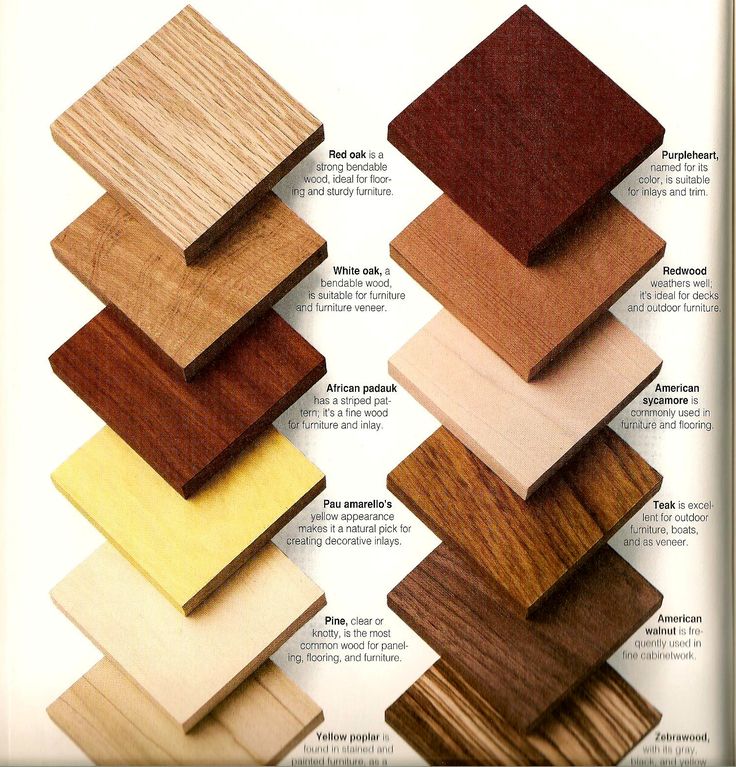
The video in this article shows varieties of wood paints.
Workflow
If you choose what paint to paint wooden furniture and just apply it on top, you will not be able to get the proper quality. Painting is preceded by a number of preparatory steps (see also how to paint the ceiling with acrylic paint).
Art painting on old furniture.
Preparing the surface
- It is better to paint furniture in unassembled form. First of all, remove the locks and fittings. Perhaps it makes sense to change them altogether, according to the new image. It happens that in old things there is no way to dismantle fittings, stained glass windows or some details. In this case, they are wrapped in foil or sealed with masking tape. nine0013
- Next, you need to completely remove all the old coating. This can be done in several ways.
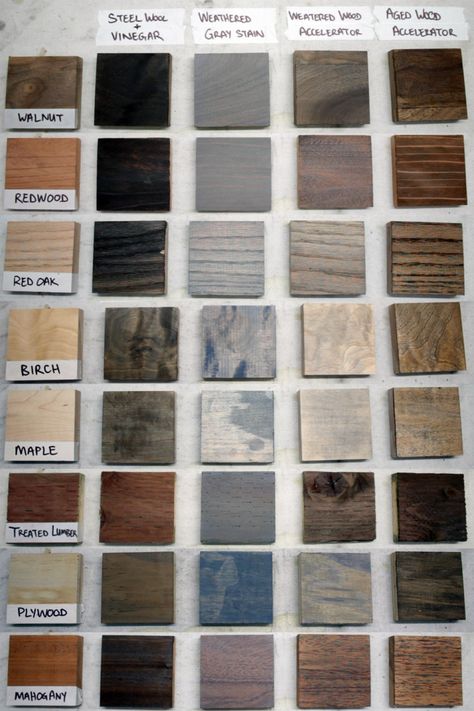 The most affordable, but time-consuming way out is to use a medium grit sandpaper. On flat surfaces, you can use a grinder; in hard-to-reach places, you will have to erase the old layer manually.
The most affordable, but time-consuming way out is to use a medium grit sandpaper. On flat surfaces, you can use a grinder; in hard-to-reach places, you will have to erase the old layer manually. - In the distribution network there are round metal brushes that are inserted into an electric drill, it is convenient to work with them, but you should be careful not to remove only the top layer and not damage the wood. Be careful when cleaning veneer, it rubs easily. nine0013
Wire brush cleaning.
- You can use chemically active mixtures, which are sold in abundance in the construction markets. A liquid or gel is applied to the wood and after a certain time it is scraped off, together with old layers, using a metal spatula or scraper. But this method is applicable only in well-ventilated, non-residential premises.
- It is convenient and fast to work with a building dryer. The surface is heated, after which the paint peels off and scrapes off with a spatula.
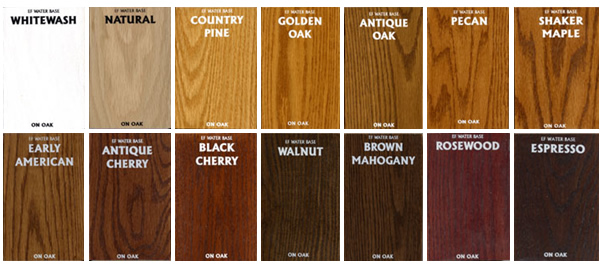 The use of a blowtorch is possible, but you should work carefully, because if you hold the lamp in one place, the wood will darken and tan will form, which will be problematic to eliminate. nine0013
The use of a blowtorch is possible, but you should work carefully, because if you hold the lamp in one place, the wood will darken and tan will form, which will be problematic to eliminate. nine0013
Using a building dryer.
- After removing the old layer, the surface is leveled with fine emery cloth. Dust should be removed with a dry brush or vacuum cleaner. We do not recommend using wet rags, as small cracks and pores of the wood are open and dust clogs back.
- Carefully inspect your furniture, large cracks or chips are filled with a composition suitable for this type of paint. After that, you need to sand the putty surface again with a fine emery cloth and remove dust. nine0013
Delimitation with masking tape.
Priming and painting
- Regular flat brushes are fine for this purpose, just fluff them up and remove loose bristles. If you like to work with a roller, then take a roller with a small nap.
- Before painting wood furniture, a primer must be applied.
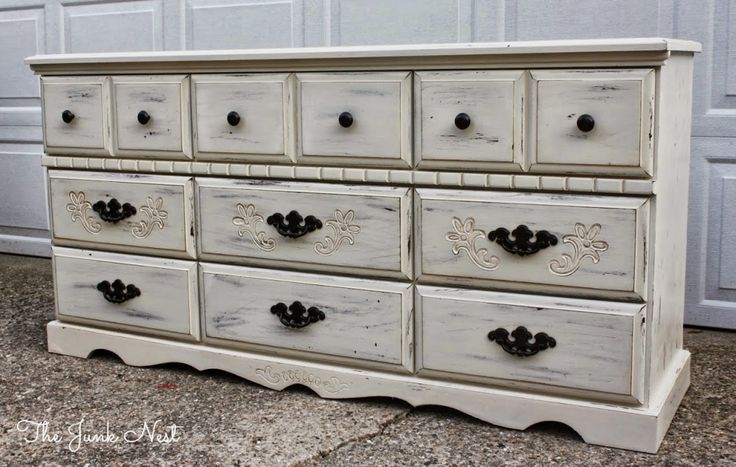 As already mentioned, a special primer is used, specifically for this type of paint. Acrylic compositions are preferably applied to a slightly damp surface, so you do not need to wait until the primer is completely dry. Alkyd, on the contrary, are applied exclusively on a dry basis. nine0013
As already mentioned, a special primer is used, specifically for this type of paint. Acrylic compositions are preferably applied to a slightly damp surface, so you do not need to wait until the primer is completely dry. Alkyd, on the contrary, are applied exclusively on a dry basis. nine0013
Tip: When applying covering compounds, a little paint can be added to the primer. Thus, the base will acquire the desired shade and it will not be necessary to apply many layers.
- Coloring is done at least 2 times . In this case, all layers, in turn, must lie down on a dry surface. The number of layers is determined visually, to achieve the desired effect. Intermediate layers can be alternated, but the top must be applied exclusively in the direction of the wood fibers. nine0013
An old bedside table as a highlight of the interior.
Conclusion
After painting, your furniture will not only change its appearance, it will become a highlight of the interior and will serve faithfully for many years to come, and if you get bored, then you already know how to repaint wooden furniture with your own hands (find out here how to paint wooden door by yourself).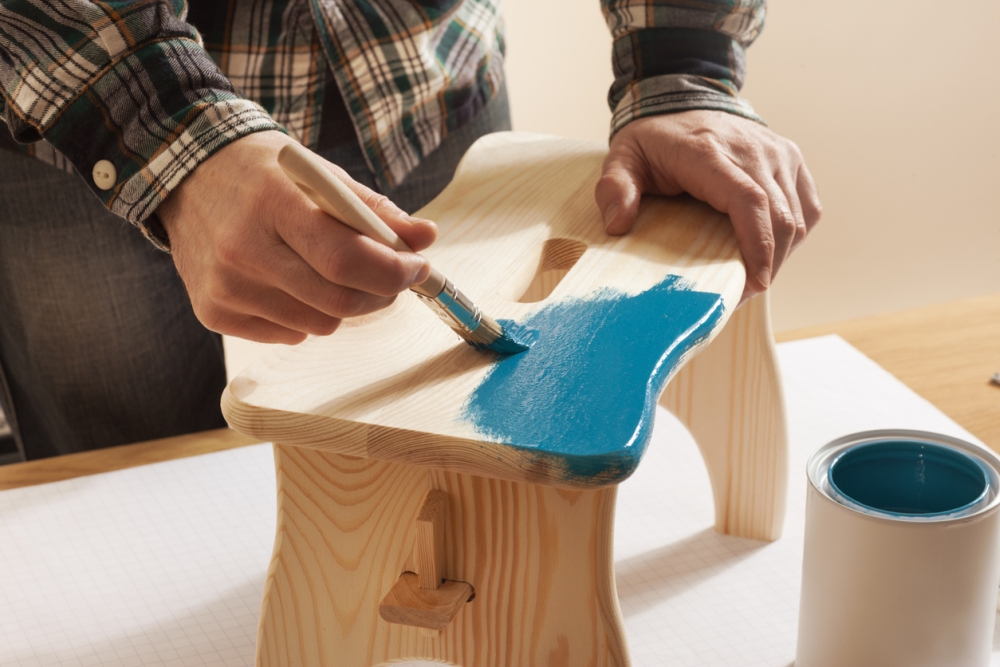
Artistic cabinetry.
Add to favorites print version nine0004
Share:
Article rating:
Articles on the topic
All materials on the topic
What paint can be used to paint furniture made of wood and chipboard
In this article we will talk about the styles in which you can decorate an apartment, materials and suitable painting techniques.
You will find out what materials are characteristic of the Scandinavian style, what paint can be used to paint furniture, what accessories fit organically into a Provencal interior and much more. nine0004
Styles and Techniques
Preparing to renovate an apartment and a house forces you to answer a number of questions, many of which can be confusing. Making choices and making important decisions is easier if you understand what to focus on, what you want to see in your home, and what absolutely will not work.
Minimalism and Scandinavian style
Lots of light and few details, functional furniture and simple lines are the main features of these trends in interior design. Natural materials are used in the design: wood, stone, ceramics, glass - or their high-quality imitation. nine0004
Monochrome color combinations: pastel colors contrast with dark details.
What color to paint the furniture to match the minimalist environment depends on the color of the walls. Items made of natural wood fit best into such an interior, and to protect their surface and give the desired shade, you can use varnish or wax. Available products made from wood derivatives do not contradict the design concept. What kind of paint can be used to paint chipboard furniture if it does not fit into the color scheme? Select the desired shade in our catalog. nine0004
Boho and eclecticism
The complete opposite of the black and white minimalist interior is the boho style. Here, bright colors, a lot of details and accessories, diversity and freedom in choosing materials are held in high esteem. Boho style allows you to combine the incongruous, express yourself and create comfort from the little things. Vintage or aged interior items, an abundance of flowers, ethnic prints, ornaments and hand-made gizmos - everything can be harmoniously combined in such an environment.
Boho style allows you to combine the incongruous, express yourself and create comfort from the little things. Vintage or aged interior items, an abundance of flowers, ethnic prints, ornaments and hand-made gizmos - everything can be harmoniously combined in such an environment.
You can age furniture artistically, for example, with Shabby paint, and create spectacular gilding. Your own taste will tell you what paint to paint the furniture. We will tell you more about the choice of coating in the section “Techniques and materials”
Mediterranean
Inspired by the decoration of houses in Greek and Italian coastal cities, Mediterranean style gravitates towards simplicity, natural colors and textures.
Calm light tones make up the main palette of colors: olive and lemon yellow in combination with terracotta, shades of blue and white. Multi-colored tiles and ornaments are often found, but do not visually overload the room. Semicircular door and window openings, arches are the hallmarks of the Mediterranean style. nine0004
nine0004
Such interiors use laconic and squat furniture in natural shades or stylized antique. What paint to repaint the furniture? Take the overall color scheme as a basis and pick up a few colors that will become the main ones in the design. You can create a vintage effect with Shabby paint, and a geometric pattern is more convenient with Perfect paint.
Moroccan exoticism
The clash of cultures and traditions gave the world an eclectic Moroccan style. It harmoniously combines African, Arabic and Mediterranean motifs. Red-orange colors, heavy fabrics and carpets, niches, traditional ornaments and carvings, mosaics and forged details are the main elements of the Moroccan setting. nine0004
How and what paint to paint wooden furniture? You can use bright colors from the Perfect range, create layered textures with Shabby, or simulate inlays with spectacular paint.
Industrial
Former factories and warehouses in New York City have been transformed into galleries and art spaces, giving rise to various industrial style trends, including lofts. Roughly processed, simply painted concrete and brick walls, high ceilings, a lot of light and space are the basis for the design of such premises. nine0004
Roughly processed, simply painted concrete and brick walls, high ceilings, a lot of light and space are the basis for the design of such premises. nine0004
Provence and Victorian
Provence style is the spirit of the old French province, a combination of sophistication and rustic simplicity. The characteristic features of the Provencal house furnishings are natural materials and calm pastel colors. Surfaces and furniture seem to be slightly sun-bleached, aged over time, but not lost their former beauty.
Antique or specially aged furnishings also fit into Victorian shabby chic furnishings. Nostalgia for a bygone era, delicate shades and light floral motifs, artistic negligence and an abundance of cute little details. What kind of paint to paint the furniture in white so that it fits into such an interior depends on your tasks: if you just need to change the color without any extra effort, the Perfect line will do, and it is more convenient to create a multi-layered texture and vintage effect with Shabby paint.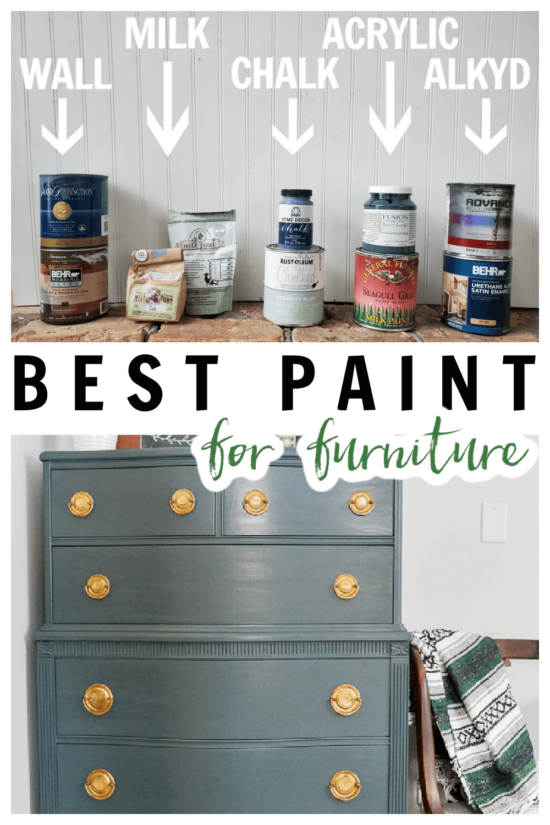 nine0004
nine0004
Techniques and materials
In this section we will tell you about methods and techniques of coloring, about what style this or that method is suitable for, what paint is better to paint wooden furniture and what is suitable for other materials.
Instead of buying a new set, you can paint the furniture yourself, but with what paint. It is much cheaper, you can involve the whole family in repairs and create comfort in the house with your own hands.
What should be the ideal interior paint:
Safe
Interior materials must not be harmful either during painting or during the use of painted products. Paints and varnishes made on the basis of solvents and drying oil emit volatile organic substances, are toxic and flammable. It is better to refuse them when working indoors or strictly follow safety precautions, use protective equipment and thoroughly ventilate.
Our store offers water-based paints and varnishes, which are made from natural ingredients. They are safe for health and the environment, odorless and do not cause allergies. They are suitable for painting children's furniture and toys, and can also be used by people with special sensitivities. nine0004
They are safe for health and the environment, odorless and do not cause allergies. They are suitable for painting children's furniture and toys, and can also be used by people with special sensitivities. nine0004
Opaque
How opaque the paint is and is able to cover the previous color. When repainting furniture, this quality becomes very important, the consumption of materials and the final result depend on it.
Compatible with
- some surfaces are almost impossible to paint, this is a real headache for those who decide to repair.
Our paint is designed for the most difficult materials, so it adheres to any surface: wood and its derivatives, glossy and lacquered surfaces, plastic and ceramics, stone, brick and many others. nine0004
Easy to use
Removing the old coating and preparing the product for painting is the most time-consuming and tedious part of painting. Our materials in most cases do not require special pre-treatment of the surface.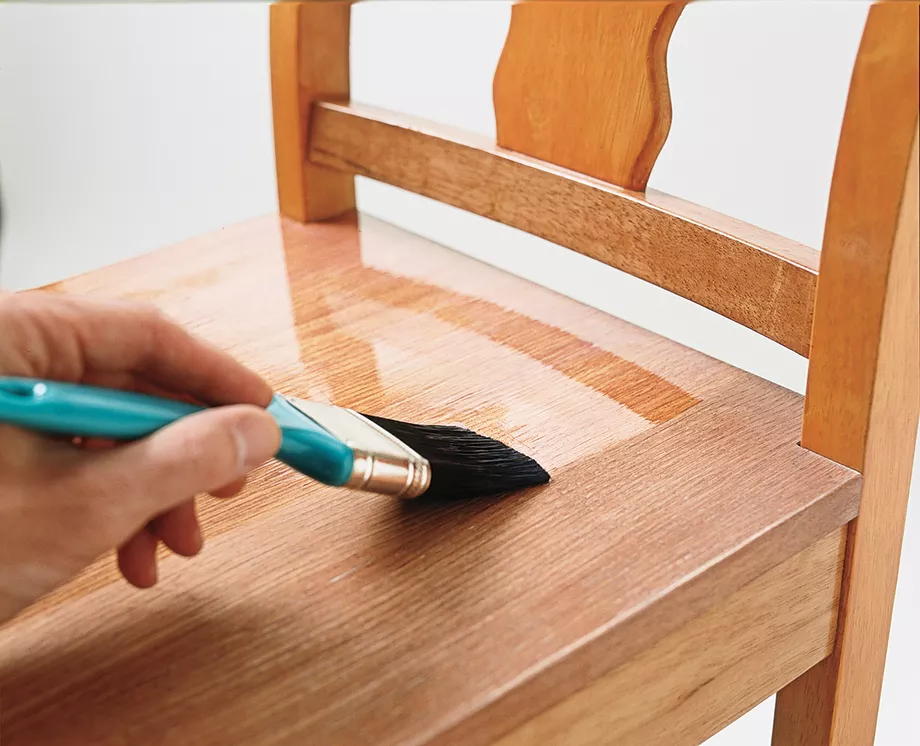 It is only necessary to clean and degrease it, and in the case of glossy ones, lightly sand it with sandpaper to remove the shine.
It is only necessary to clean and degrease it, and in the case of glossy ones, lightly sand it with sandpaper to remove the shine.
Durable
The coating must withstand mechanical stress and be resistant to water and detergents. nine0004
Leaves the possibility of repainting
It happens that furniture is accidentally scratched or left a dent, or maybe the color is just tired and it's time for a change. It should always be possible to restore and renew coverage.
Which paint to paint wooden furniture, and which - plastic
Paint based on milk casein fits perfectly on wood both unpainted and on what has already been varnished or other coloring composition.
For painting for the first time, you will need to clean the product from household dirt and dry it. If you need to quickly and effortlessly update the color of a wooden product, then Perfect paint is suitable. It combines a primer, rich color and a durable top coat. If the goal is to create layered textures and vintage effects, then Shabby paint will do. nine0004
nine0004
What paint to paint furniture made of chipboard
Chipboard, plywood and MDF are difficult to paint. The special formula of our materials adheres firmly to such surfaces and allows you not to remove the old coating. Effect paints can be used to create an original coloration with a pearly sheen or imitation of gold and silver.
What paint to paint veneered furniture
Materials and technology for painting veneer furniture is the same as for wood or chipboard. The varnished surface will need to be lightly sanded for better adhesion, then cleaned and degreased. Other products do not require any special treatment other than cleaning. nine0004
Plastic
Paint for plastic furniture should be thick, so do not dilute it with water. Before painting, sand the product and then clean it. The first layer will be the primer.
Metal
The materials presented in our catalog are also suitable for painting wrought iron and metal furniture.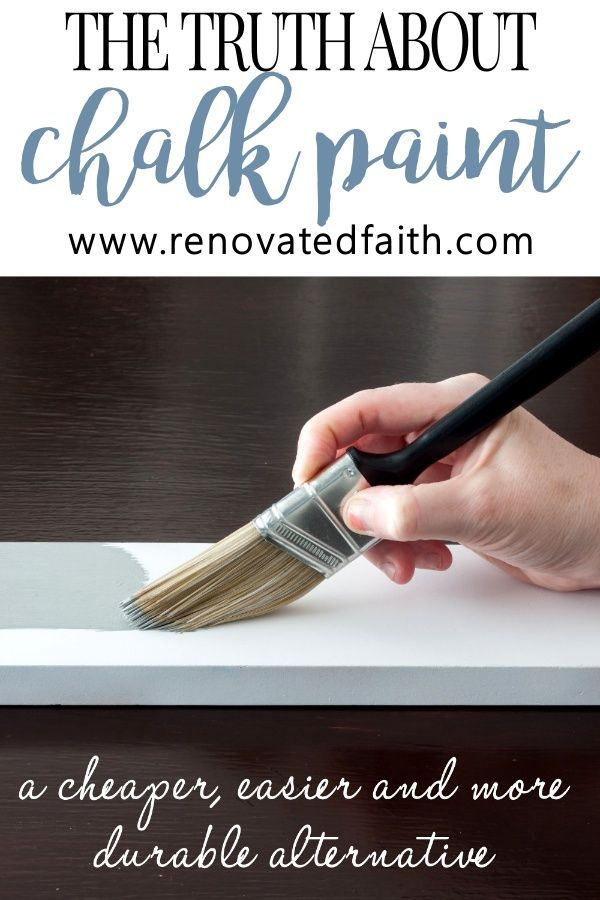 The metal surface must be primed and then painted.
The metal surface must be primed and then painted.
Coloring techniques
Vintage effects
Artistically aged pieces of furniture fit into a Provencal style interior, look harmoniously in a Mediterranean setting and, of course, fit boho and eclectic decor.
Workflow:
- First, remove the fittings and cover the parts that should not be painted.
- Before applying each new coat of paint, the previous one must be completely dry.
- The easiest way to give furniture a vintage look is to paint with matte paint, cover with dark wax and go over lightly with sandpaper to create scuffs. nine0013
- You can use contrasting colors: first cover the product with a darker shade, and on top with a light one. With sandpaper, a dry brush or a damp sponge, make abrasions. They naturally look where they would have appeared from old age: around handles, on the corners and bends of furniture.
- Use wax or lacquer as a top coat to protect the surface.



